Bifocal glasses are used to correct vision at two distances—a prescription on top for far away and a different prescription on the bottom for near. Most people think of bifocals as reading glasses for people over forty who lose their ability to focus up close as they age. But children can also need reading glasses.
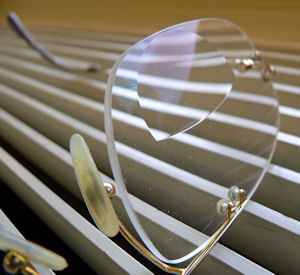 Many children have not developed sufficient control over their focusing systems, the natural lens inside the eye that keeps images clear, especially up close. Some children lack the ability to sustain sufficient focusing over an extended time period, so after a while print begins to blur. Others can’t make fast focusing shifts from one distance to another, like from the board to their desks, so any time they look away, everything is blurry. Some children have a tendency to over focus, and the additional stress causes eyestrain and headaches. If they over focus too much, the additional tension on the visual system can make the eyes to turn too far inward, causing double vision. Finally, near work at school places much more stress on the visual system than distance viewing, and some young children respond by translating the visual stress into physical and emotional symptoms—back and neck tension, headaches, constriction of their perceptual fields and a reduction in their visual space, a tendency to develop nearsightedness, and avoidance of the reading tasks that are causing the physical and visual discomfort. eResearch by Navid Ajamin -- spring 2013
Many children have not developed sufficient control over their focusing systems, the natural lens inside the eye that keeps images clear, especially up close. Some children lack the ability to sustain sufficient focusing over an extended time period, so after a while print begins to blur. Others can’t make fast focusing shifts from one distance to another, like from the board to their desks, so any time they look away, everything is blurry. Some children have a tendency to over focus, and the additional stress causes eyestrain and headaches. If they over focus too much, the additional tension on the visual system can make the eyes to turn too far inward, causing double vision. Finally, near work at school places much more stress on the visual system than distance viewing, and some young children respond by translating the visual stress into physical and emotional symptoms—back and neck tension, headaches, constriction of their perceptual fields and a reduction in their visual space, a tendency to develop nearsightedness, and avoidance of the reading tasks that are causing the physical and visual discomfort. eResearch by Navid Ajamin -- spring 2013

Prescribing reading glasses effectively treats many of these problems. A convex plus lens relaxes the child’s focusing system, relieving much of the visual stress. In fact, prescribing a low power plus lens is so effective in keeping children’s visual system comfortable during extended close work at school that they are often called “learning lenses.”
 Reading glasses that use a bifocal are a good option for school-aged children who only need the additional correction up close. The bifocal gives them the lens support they need for deskwork but doesn’t change their distance vision. Sometimes vision therapy is also prescribed when the focusing problem is severe enough that additional interventions are also required.
Reading glasses that use a bifocal are a good option for school-aged children who only need the additional correction up close. The bifocal gives them the lens support they need for deskwork but doesn’t change their distance vision. Sometimes vision therapy is also prescribed when the focusing problem is severe enough that additional interventions are also required.
 New advances in lenses allow children flexibility in the type of bifocal they choose. Many children still prefer the flat-top bifocal because the line separating the two powers helps them tell exactly where their distance prescription ends and their near prescription starts. However, some children or parents don't like the look of the "line", so for them progressive no-line bifocals are a good option. The lens is made so that the change between prescriptions is so gradual no line appears. Another very popular option is the "half-moon" bifocal. It has the advantage of a clear delineation between powers liked lined bifocals but when the glasses are on the child's face, the bifocal is invisible like progressive lenses.
New advances in lenses allow children flexibility in the type of bifocal they choose. Many children still prefer the flat-top bifocal because the line separating the two powers helps them tell exactly where their distance prescription ends and their near prescription starts. However, some children or parents don't like the look of the "line", so for them progressive no-line bifocals are a good option. The lens is made so that the change between prescriptions is so gradual no line appears. Another very popular option is the "half-moon" bifocal. It has the advantage of a clear delineation between powers liked lined bifocals but when the glasses are on the child's face, the bifocal is invisible like progressive lenses.


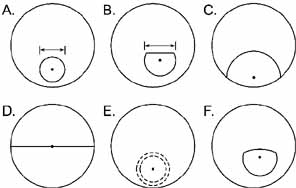

When bifocals or reading glasses are prescribed, it is important that children wear them for all close work, especially at school and during homework. Sometimes children will only need the bifocals for a few years as they develop control of their focusing system. Others may need the additional near-point support for as long as they are in school and spending a lot of time reading.Bifocals are an important tool for optometrists when working with children who spend up to eight hours a day using their eyes for reading and school work.
Many children have not developed sufficient control over their focusing systems, the natural lens inside the eye that keeps images clear, especially up close. Some children lack the ability to sustain sufficient focusing over an extended time period, so after a while print begins to blur. Others can’t make fast focusing shifts from one distance to another, like from the board to their desks, so any time they look away, everything is blurry. Some children have a tendency to over focus, and the additional stress causes eyestrain and headaches. If they over focus too much, the additional tension on the visual system can make the eyes to turn too far inward, causing double vision. Finally, near work at school places much more stress on the visual system than distance viewing, and some young children respond by translating the visual stress into physical and emotional symptoms—back and neck tension, headaches, constriction of their perceptual fields and a reduction in their visual space, a tendency to develop nearsightedness, and avoidance of the reading tasks that are causing the physical and visual discomfort.
 Prescribing reading glasses effectively treats many of these problems. A convex plus lens relaxes the child’s focusing system, relieving much of the visual stress. In fact, prescribing a low power plus lens is so effective in keeping children’s visual system comfortable during extended close work at school that they are often called “learning lenses.”
Prescribing reading glasses effectively treats many of these problems. A convex plus lens relaxes the child’s focusing system, relieving much of the visual stress. In fact, prescribing a low power plus lens is so effective in keeping children’s visual system comfortable during extended close work at school that they are often called “learning lenses.”
Reading glasses that use a bifocal are a good option for school-aged children who only need the additional correction up close. The bifocal gives them the lens support they need for deskwork but doesn’t change their distance vision. Sometimes vision therapy is also prescribed when the focusing problem is severe enough that additional interventions are also required.
New advances in lenses allow children flexibility in the type of bifocal they choose. Many children still prefer the flat-top bifocal because the line separating the two powers helps them tell exactly where their distance prescription ends and their near prescription starts. However, some children or parents don't like the look of the "line", so for them progressive no-line bifocals are a good option. The lens is made so that the change between prescriptions is so gradual no line appears. Another very popular option is the "half-moon" bifocal. It has the advantage of a clear delineation between powers liked lined bifocals but when the glasses are on the child's face, the bifocal is invisible like progressive lenses.

When bifocals or reading glasses are prescribed, it is important that children wear them for all close work, especially at school and during homework. Sometimes children will only need the bifocals for a few years as they develop control of their focusing system. Others may need the additional near-point support for as long as they are in school and spending a lot of time reading.
By adding an additional lens power for up close, optometrists are able to adjust children’s focusing system to give them better control and eliminate eyestrain, blurred vision, headaches, and fatigue. 
Reference:
- childrensvision.com Children's Vision Information Network
- childrensvisionwichita.com/eyecare-services/vision-therapy/bifocals-for-children.html

See Also:
Bifocals for Children Suny College of Optometry -- University Eye Center
A prescription for bifocals may help children
Bifocal spectacles slow progression of nearsightedness in kids



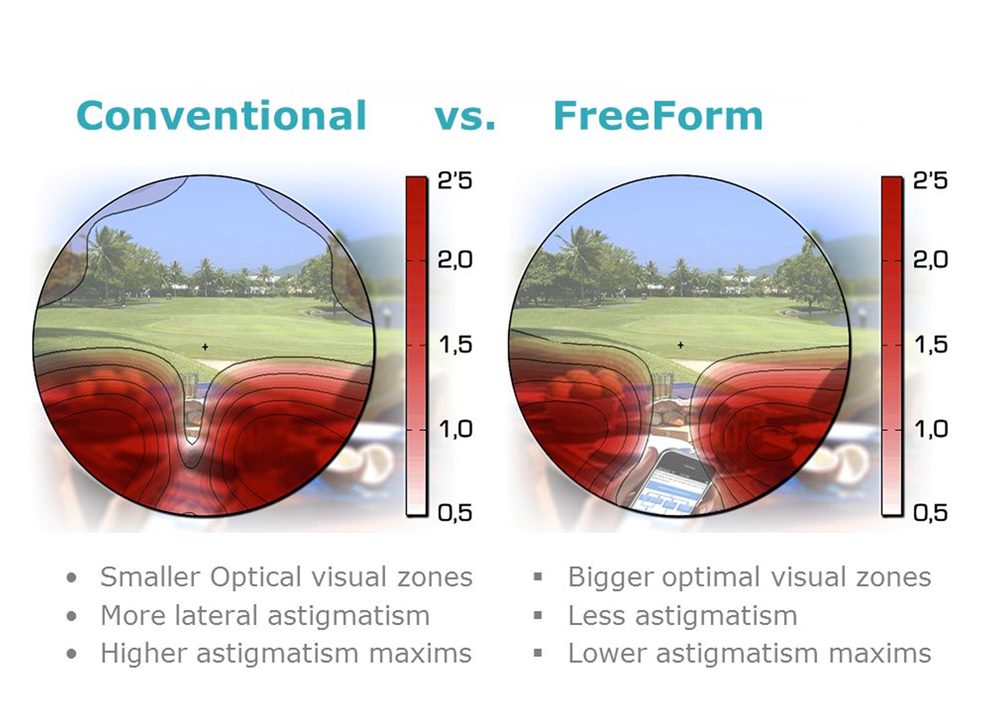
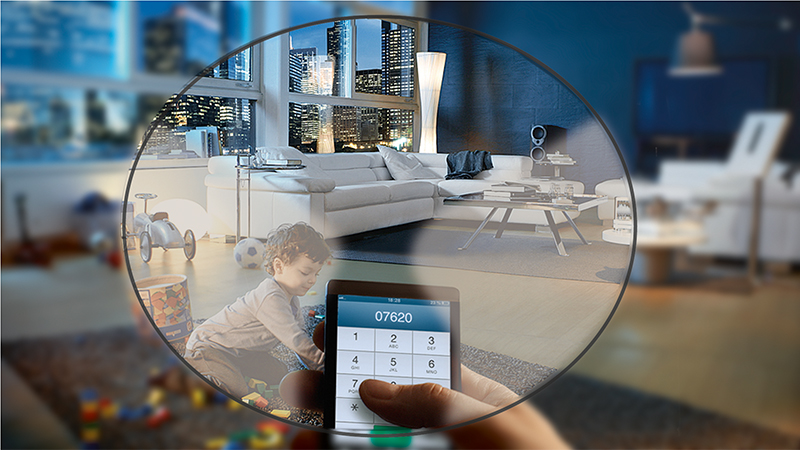
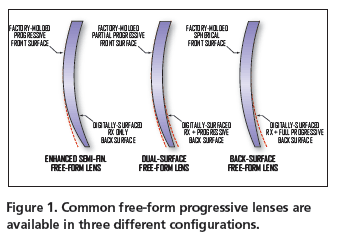
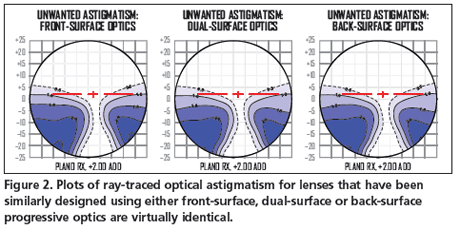
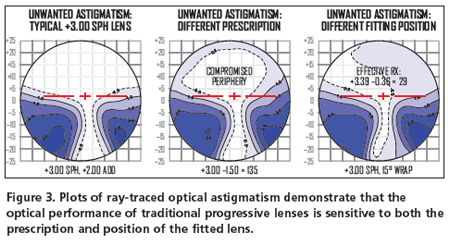
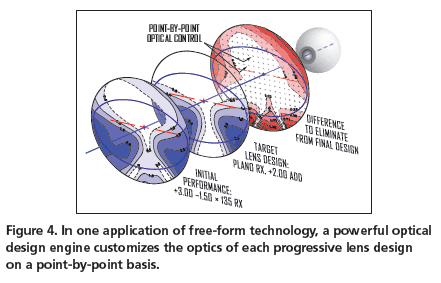
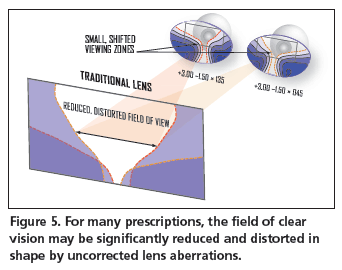
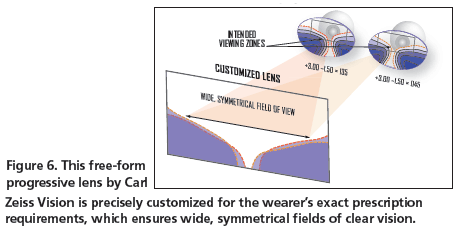
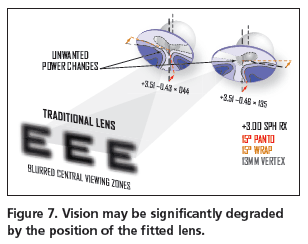
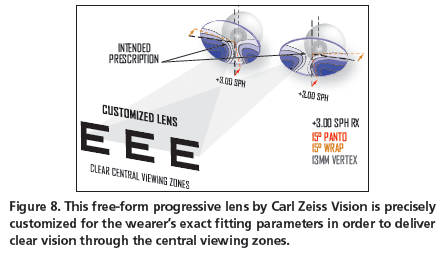
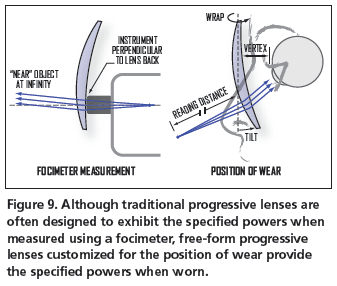
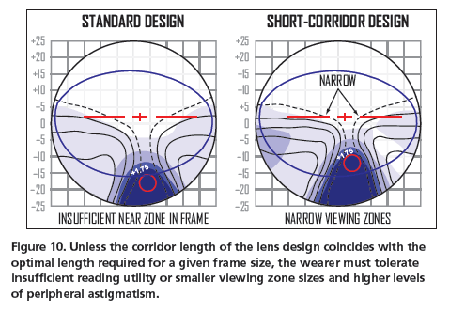
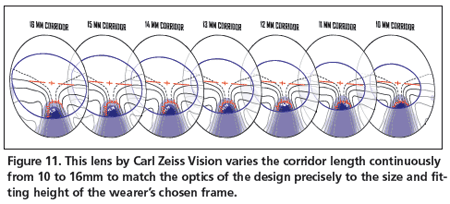










 Prescribing reading glasses effectively treats many of these problems. A convex plus lens relaxes the child’s focusing system, relieving much of the visual stress. In fact, prescribing a low power plus lens is so effective in keeping children’s visual system comfortable during extended close work at school that they are often called “learning lenses.”
Prescribing reading glasses effectively treats many of these problems. A convex plus lens relaxes the child’s focusing system, relieving much of the visual stress. In fact, prescribing a low power plus lens is so effective in keeping children’s visual system comfortable during extended close work at school that they are often called “learning lenses.”


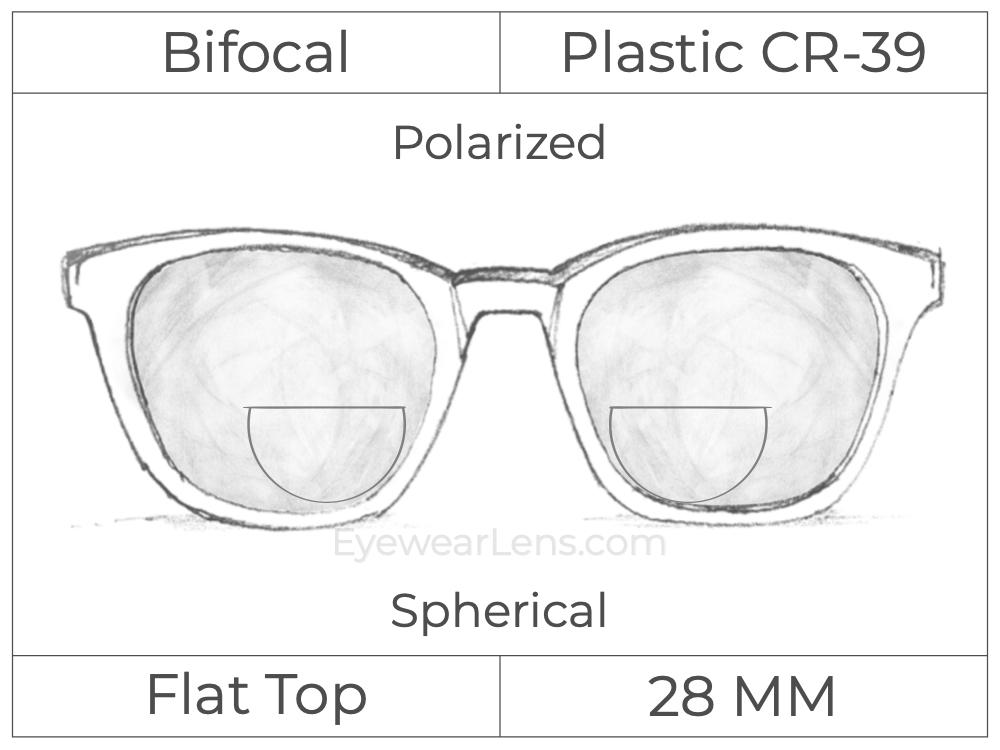
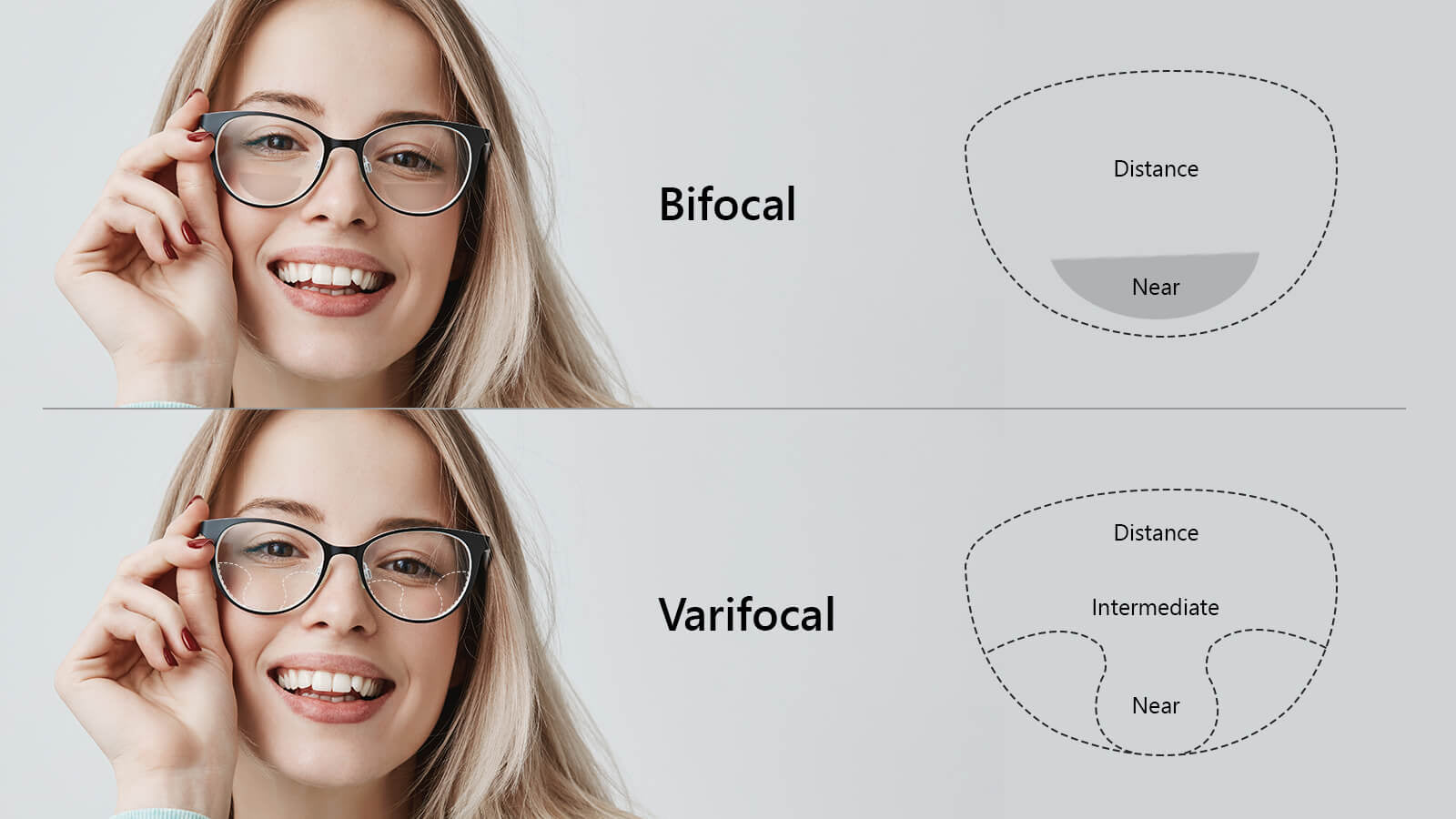



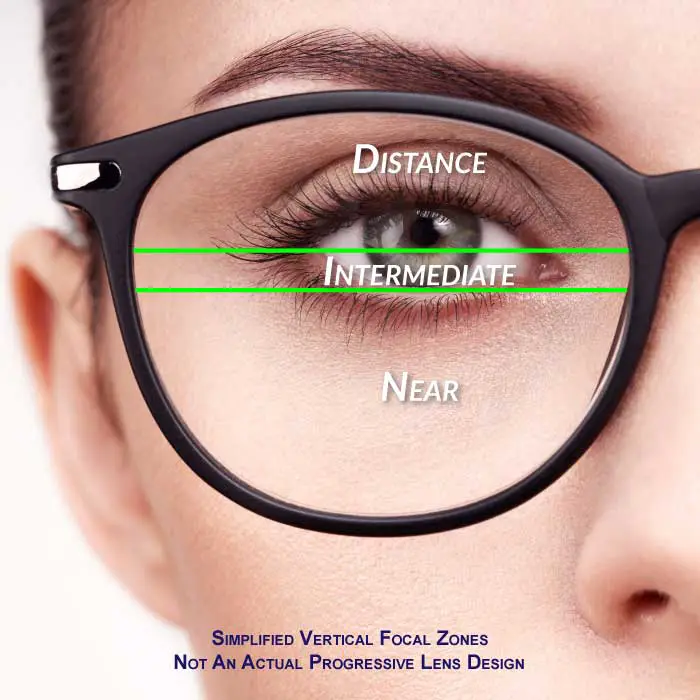
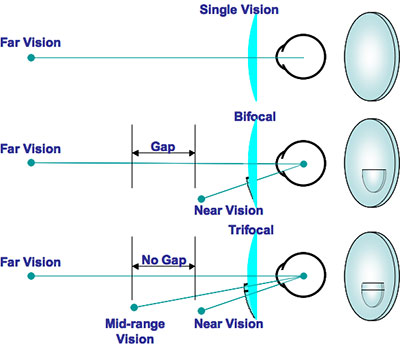
 وبلاگ تخصصی عینک شامل مجموعه مطالب پزشکی است که اطلاعات مفیدی در رابطه با عینک , چشم، لنز، سلامتی چشم و راه های پیشگیری از بیماریهای چشمی، کنترل و درمان آن را در اختیار شما کاربر محترم می گزارد.
وبلاگ تخصصی عینک شامل مجموعه مطالب پزشکی است که اطلاعات مفیدی در رابطه با عینک , چشم، لنز، سلامتی چشم و راه های پیشگیری از بیماریهای چشمی، کنترل و درمان آن را در اختیار شما کاربر محترم می گزارد.